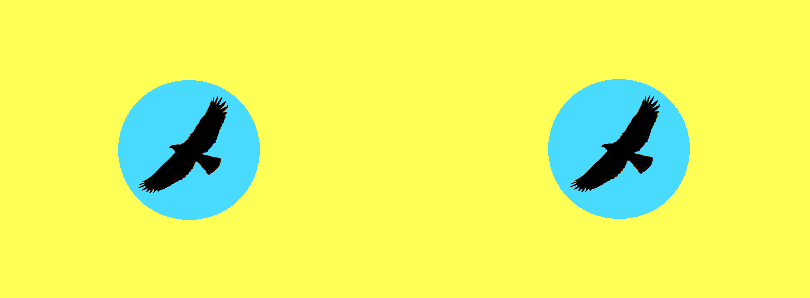
Astrakhan Kalmyks
The Kalmyks (Kalmucks, Kalmycks etc) are a people of Mongolian descent originally, although long split off from the main Mongolian peoples. In the early Twentieth Century large numbers of them lived on the western side of the Caspian in the bare lands between the Don, Terek and Volga: often called the Kalmyk Steppe. They retained their Buddhist religion and nomadic lifestyle, ranging great distances from summer to winter pastures.
Under the later Tsars the majority were self-ruling but associated with the Astrakhan district and a few with the Stavropol district (and hence potentially the Terek Host) but were not drafted. However the Buzava branch were fully integrated into the Don Cossack Host in 1798, and supplied a regiment from that time onwards.
While many Kalmyks carried some resentment over from the Tsarist regime, most heartily disliked the Bolsheviks – who supported the ethnic Russian peasants encroaching on the Kalmyks' land and who opposed the traditional way of life and religion of all the nomads of Russia – and so they tended to support the Whites.
Late in 1918 the Kalmyks were accepted into the Astrakhan Cossack Host, and they immediately set about recruiting three regiments. Before the men could be assembled and trained however, the entire Volga area was captured by the Soviets. They imposed a heavy-handed policy, on both the Cossacks and the local nomadic tribes (there were Kirghiz on the other side of the Volga). The attempts at raising an armed force were crushed and large numbers were drafted in order to prevent them mobilising for the Whites. On top of this the local Buddhist sites were desecrated and various privileges were removed. The effect was to harden anti-Bolshevik sentiment, and many of those drafted into the Red Army promptly deserted at the first opportunity.
Because their lands were to the west of the Volga, many of the Kalmyks went to the Don Host. The rest formed the bulk of the Astrakhan forces for much of the period. Initially they seem to have formed most of the 2nd Astrakhan Regiment and then most of two regiments – the 1st and 2nd Astrakhan-Kalmyk-Manych Regiments. It seems likely that they formed separate squadrons, even when mixed in a regiment, as everything from food to language would separate them from the Russian-ethnic Astrakhan Cossacks.
We have no information on how many Kalmyks made it to the Crimea after their lands were over-run in late 1919.
A sizable group of Kalmyks also operated in partisan form from their tribal lands in 1919, in loose co-operation with the AFSR. Soviet maps show them attacking Yenotaevka.
There were also a small number of Kalmyks operating with the Astrakhan forces in the Urals Cossack Army, fighting to the north of Astrakhan and the Volga. Probably never more than a squadron though.
Uniforms and flags
The formal uniform was almost certainly that of the Astrakhan Cossacks, with yellow shoulderboards and trouser-stripes.
The Don Kalmyks wore basically the same. Discussion of their regiment in the Civil War can be seen here.
Not having had any previous military service, it seems likely most Kalmyks would have started in their normal civilian dress rather than uniforms in 1918. This was of course well suited to long periods in the saddle. Perhaps many remained dressed that way throughout the war, since it was normal for native tribes to fight in more or less their traditional dress. If the Cossacks in the Civil War are anything to go by, many men probably alternated between serving and home in any case.
The Kalmyks also had no historical traditions to fall back on with regards flags. In 1932 Kalmyk emigres adopted a flag of yellow with a pale blue circle showing a bird of prey inside and with yak tails outside. The modern Kalmyk flag shows the same features of pale blue circle inside yellow. Here is one option, based on the 1932 flag:

If they followed tradition, regiments and sotnias were probably marked with yak- or horse-tail standards rather than flags.